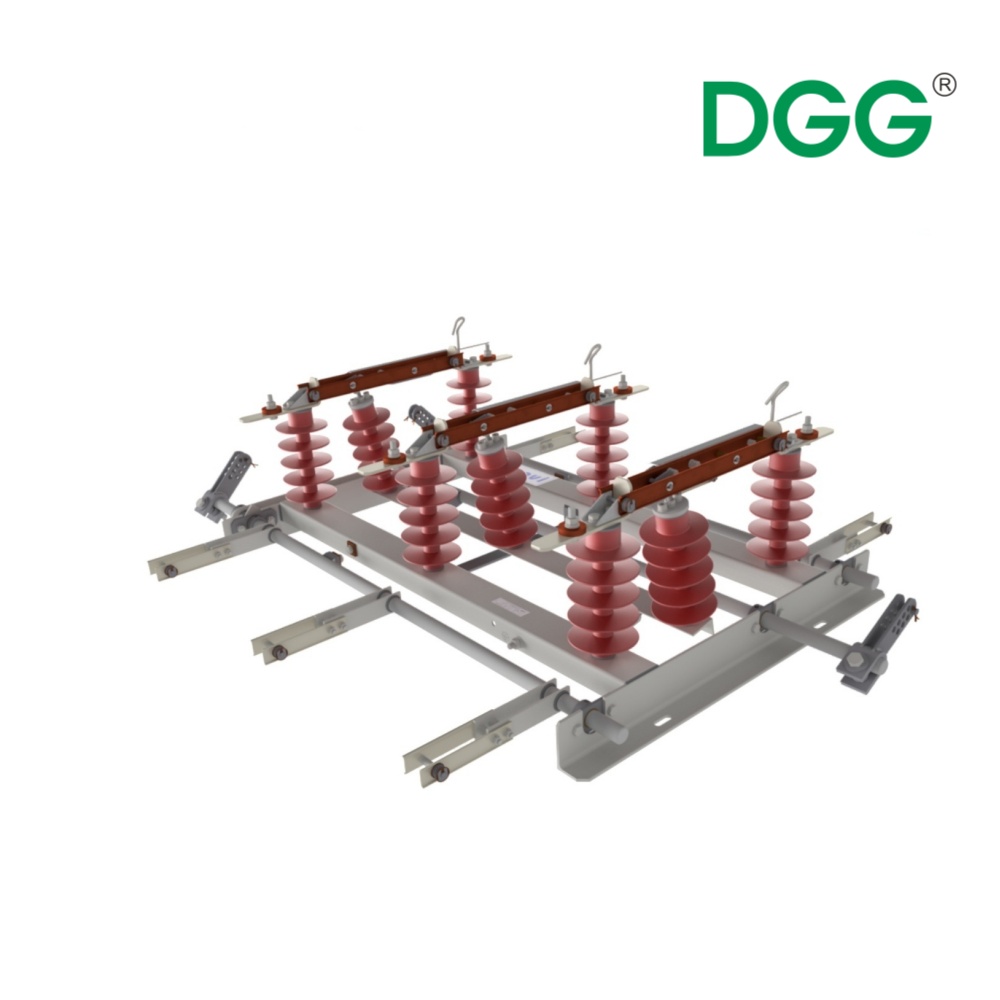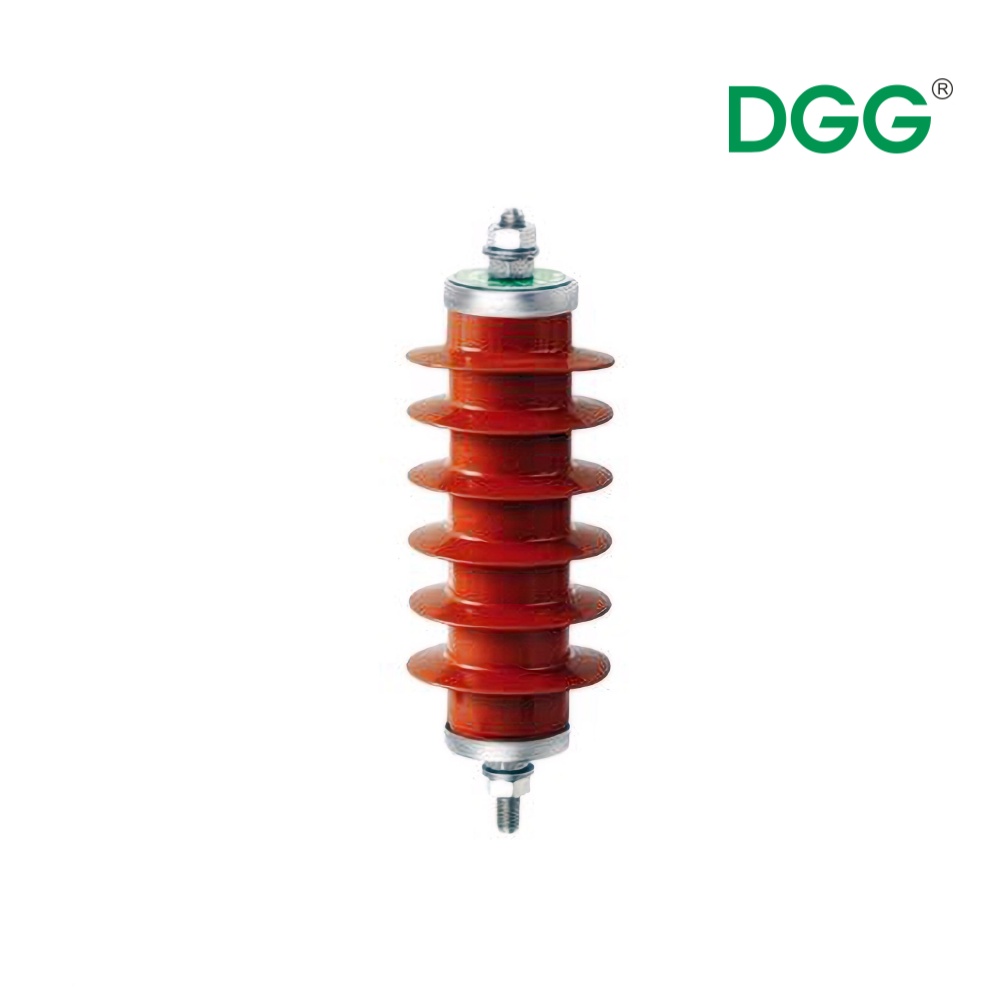Views: 0 Author: Site Editor Publish Time: 2025-07-17 Origin: Site
A circuit breaker is a vital safety device that protects electrical systems from damage caused by overloads, short circuits, or electrical faults. It automatically cuts off the flow of electricity when it detects an abnormal current. Without circuit breakers, electrical systems could become dangerous, leading to potential fires, damage to appliances, and electrical hazards. In this article, we will dive deep into what circuit breakers are, how they work, the different types available, and their importance in both residential and industrial settings.
A circuit breaker functions as a safeguard for your electrical system, acting like a traffic cop for electricity. When electrical current exceeds a safe threshold due to an overload or fault, the breaker trips and interrupts the current flow to prevent further damage. This automatic response ensures that wires, appliances, and electrical components don't overheat or catch fire due to excessive current.
Circuit breakers are designed to detect when an electrical current becomes too high for the system to safely handle. There are several mechanisms within the breaker that trigger it to open the circuit:
Thermal Trip: This mechanism uses heat to detect overloads. When current exceeds a set level, the increased heat causes a bimetallic strip to bend, opening the circuit.
Magnetic Trip: This mechanism is used for short circuits, where a sudden surge of electricity creates a strong magnetic field that pulls the switch to open the circuit.
Electronic Trip: Modern breakers use semiconductor-based electronic devices to precisely monitor the current and react much faster than mechanical methods.

MCBs are the most common type of circuit breaker found in homes. They protect your electrical circuits from both overloads and short circuits. MCBs are designed with two key tripping mechanisms:
Delayed Thermal Trip: This mechanism reacts to overloads, where the current increases slowly over time, causing the breaker to trip after a delay.
Magnetic Trip: This responds to instantaneous short circuits, cutting off the current immediately to prevent further damage.
MCCBs are designed for industrial applications where higher currents are needed. They provide a higher level of protection and are typically used in larger systems where more robust electrical control is necessary. These breakers offer customizable current ratings and additional features like adjustable trip settings for specific applications.
RCCBs are used to protect against electrical leakage, which is essential for preventing electrocution, particularly in wet environments like bathrooms or kitchens. They detect discrepancies between the hot and neutral wires and trip the circuit when a leakage current is detected, providing added protection from electrical shock.
ACBs are typically used in large facilities and industrial settings where high currents need to be controlled. These breakers can handle very large electrical loads and are equipped with advanced features such as replaceable contacts, allowing them to operate under heavy switching conditions and offering better longevity.
The switch is the part of the breaker that manually controls the circuit. It allows users to turn the breaker on or off, effectively controlling the flow of electricity to a particular circuit or appliance.
The trip mechanism is the heart of the circuit breaker. It constantly monitors the electrical current and, when an overload or fault is detected, it activates to break the circuit. This can be triggered by heat (thermal), magnetic force (short circuits), or electronic sensors (more precise in modern systems).
Contacts are the metal components that either complete or open the circuit. When the breaker trips, the contacts separate, interrupting the current flow and preventing further electrical damage. The contacts are designed to withstand electrical arcs, which can occur when a circuit is interrupted.
An arc extinguisher is a critical safety feature inside the circuit breaker. When the contacts open to interrupt the circuit, the electric arc can form between them. The arc extinguisher contains a chamber that helps extinguish this spark, reducing the risk of fire.
The frame of a circuit breaker serves as the outer protective shell, safeguarding the internal components. It also provides insulation to ensure that the breaker can function safely, even under high voltages.
Both circuit breakers and fuses serve the same basic purpose: to stop the electrical current when a fault or overload occurs. However, the key difference lies in their reusability:
Circuit Breakers: Reusable. After tripping, the breaker can be reset, making it a more convenient and sustainable option for protecting electrical circuits.
Fuses: Single-use. Fuses contain a thin metal filament that melts when an overload occurs, permanently cutting off the current. After a fuse blows, it must be replaced.
Circuit breakers have become more common because of their resettable nature. Instead of replacing a blown fuse every time a fault occurs, users can simply reset a circuit breaker, which reduces downtime and increases convenience. Additionally, modern circuit breakers offer more precise protection mechanisms than fuses.
Although circuit breakers and disconnects serve similar functions by stopping the flow of electricity, they are generally used in different contexts:
Circuit Breakers: Primarily used in residential, commercial, and industrial settings to protect against overloads and short circuits.
Disconnects: Used to completely isolate a section of an electrical system, often for maintenance or repair. Disconnects are typically used in industrial and commercial settings, and they are not designed to handle the same level of fault protection as circuit breakers.

Circuit breakers are critical components of modern electrical systems. They protect your home or business by interrupting the flow of electricity during overloads or short circuits, preventing potential hazards like fires, electric shocks, or damage to appliances. Their ability to automatically detect faults and cut off power makes them a reliable and indispensable safety feature.
Understanding how circuit breakers work and the importance of regular maintenance can help ensure that your electrical system remains safe and efficient. If in doubt about circuit breaker functionality, always consult a professional electrician to ensure your system is protected.
A: A circuit breaker is a safety device that interrupts the flow of electricity during faults or overloads.
A: It detects excessive current and automatically cuts off power to prevent damage or fire.
A: The main types are MCBs, MCCBs, RCCBs, and ACBs, each serving different needs and environments.
A: Frequent tripping, buzzing noises, or overheating can indicate the need for replacement.
A: Yes, by interrupting the current flow during overloads or short circuits, preventing overheating and fires.
